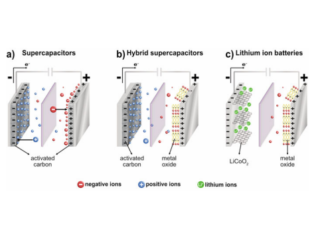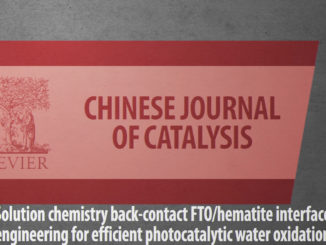
Site-selective proteolytic cleavage of plant viruses by photoactive chiral nanoparticles
Abstract: Viral diseases of plants are associated with large health and economic costs. Antiviral agents developed for mammalian organisms have had limited success for plants, necessitating alternative strategies to address this biological and sustainability problem. Here we show that chiral 3 nm Cu1.96S nanoparticles can site-selectively cleave capsid in tobacco mosaic virus under sunlight. With d-penicillamine as surface ligands, the nanoparticles display high affinity to the Gln 99 to Ala 105 segment in the capsid via a network of supramolecular bonds and 3,000–10,000 times lower affinity to capsids of other viruses. Illumination with green light leads to polarization-dependent, protease-like hydrolysis of the amide bond between Asn 101 and Pro 102. Nanoparticles inhibited viral infectivity by 98.7% in protoplasts and 92.6% in plants while avoiding hypersensitive response and large environmental impact. These findings show that nanoparticles combining proteolytic activity due to metal ions and site selectivity due to nanoscale chirality can be used as effective antiviral agents.
Author(s): Gao, R., Xu, L., Sun, M. et al.
Nat Catal
Published: 19 August 2022
DOI: https://doi.org/10.1038/s41929-022-00823-1
CDMF
The CDMF, hosted at the Federal University of São Carlos (UFSCar), is one of the Research, Innovation and Dissemination Centers (RIDC) supported by the São Paulo State Research Support Foundation (Fapesp), and also receives investment from the National Council Scientific and Technological Development (CNPq), from the National Institute of Science and Technology of Materials in Nanotechnology (INCTMN).




